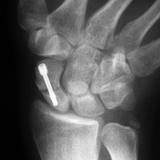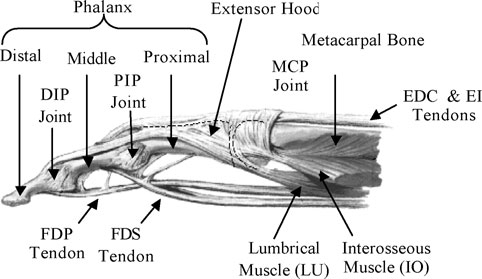I indicated that I’d be covering the many injuries that can occur when you fall forward, sacrificing the health of your hand and wrist to protect your face! I introduced you to FOOSH injuries which are common and usually heal in days to weeks. However the occurrence of fractures and dislocations of the wrist are very common.
The most common wrist fracture is a fracture to the scaphoid bone (peanut shaped bone at the base of thumb and also called the carpal navicular). These fractures are common and notorious for problems in healing. There a number of reasons wrist injuries are missed:
• Contrary to popular wisdom you can still move the wrist even if it fractured
• Scaphoid fractures occur without visible signs, sometimes even swelling is absent
• Even when x-rays are taken in the first few days a fracture can be missed
And why fractures of the scaphoid are slow to heal:
• The bone is nearly completely covered by cartilage and therefor the blood supply is limited
• Even stable scaphoid fractures, unlike finger and hand fractures must be immobilized for an extended time
• The cast must include the thumb and many times requiring the elbow, making compliance difficult
Certain fractures do not heal and require surgery with an embedded, headless screw.

Here is an awesome video by Dr. Nabil Ebraheim in Toronto.
For more information or assistance please contact our office and the educational page on this subject. TheHandDoctor.com
Take care,
Greg Balourdas, MD




